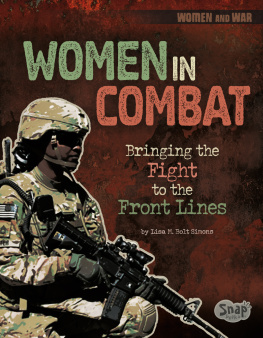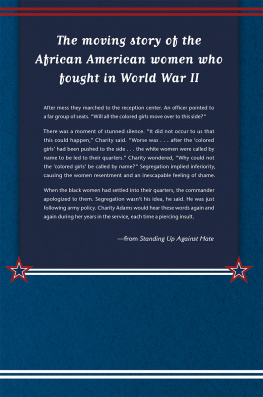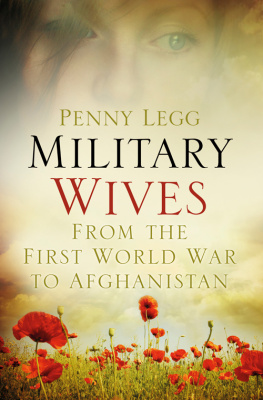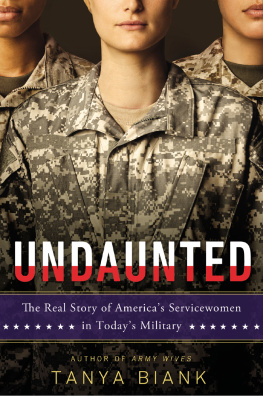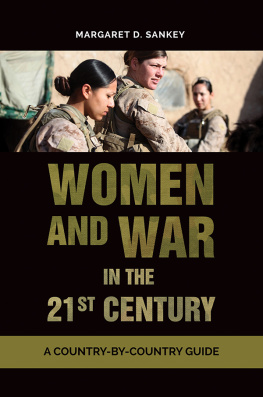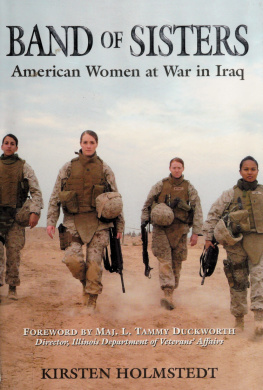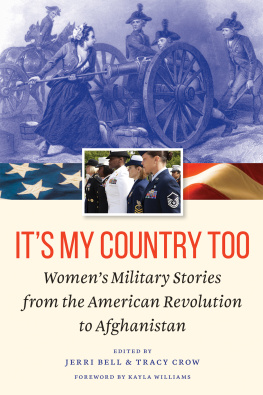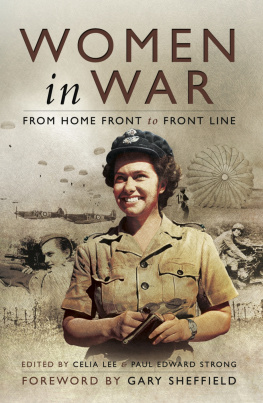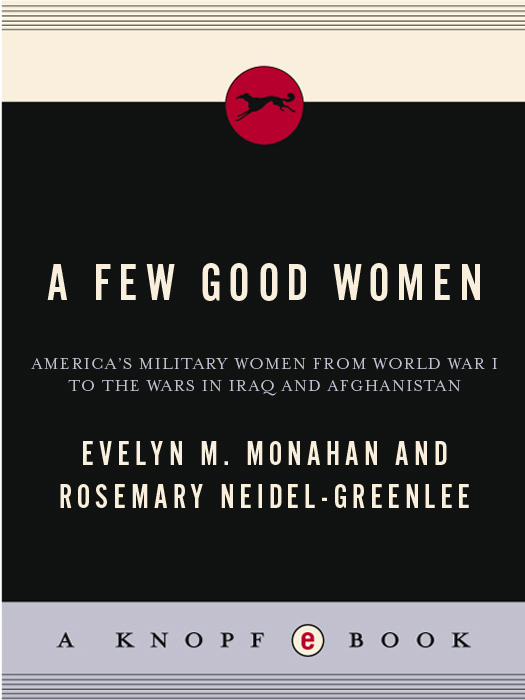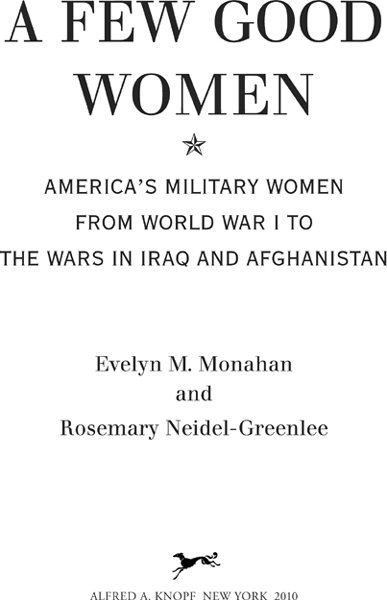Until lions have their own historians, tales of the hunt shall always glorify the hunter.
INTRODUCTION
Feelings of patriotism have never been an exclusive attribute of the male heart. Throughout recorded history, women have defied the cultural conventions of gender roles that barred them not only from combat but from the military in general. Despite those cultural conventions, women around the world have always included themselves in the defense of their homelands and even in combat itself. In biblical times, Deborah led soldiers during the occupation of Canaan, and Esther risked her life to plead before an enemy king for mercy for her people.
In the mid-ninth century BC in southern Iraq, two women, Queens Zabibi and Samsi, merged their armies and led them into battle against the Assyrians, who planned to add their lands to the possessions of the Assyrian king, Tiglath-Pileser IV. At the time, the Assyrian army was considered one of the most powerful in the world. Zabibi and Samsi rode at the head of their armies and put up a significant battle.
Hundreds of years later, another queen, Bat Zabbai, accompanied her husband, Odainat, on hunting trips and in the wars he fought. When Odainat died in AD 266, Zabbai became regent for her young son and led her armies to acquire new lands. In 269, she conquered all of Egypt and claimed what land remained for Syria. Eventually, Zabbais kingdom stretched from Egypt to the Bosphorus, and from the Mediterranean to India. She then ruled over the Eastern Roman Empire and declared herself to be completely independent from Rome.
If we add to these women warriors Queen Boudicea of Britain, who led her troops in battles where thousands of Roman soldiers and civilians were killed; Queen Thyra of Denmark; Joan of Arc; and Catherine the Great, Empress of Russia, we have a strong but limited sampling of the patriotism and military prowess that have been no strangers to women despite the fact that their lives and deeds are not well known in twenty-first-century America.
We do not have to look far into history to discover that patriotism and courage in the face of war have never been absent from the female heart. American women have always been a volunteer force in the defense of their nation. During the Revolutionary War, women volunteered and followed colonial troops to the front lines as laundresses, cooks, and nurses. Some accompanied their husbands, and others disguised themselves as men, enlisted, and served as soldiers. Margaret Corbin, whom some historians credit as the source of the Molly Pitcher legends, took over her husbands cannon when he was killed during the Battle of Fort Washington in 1776. She fired on British troops until she was wounded. Two years later, Mary Hayes did the same at the Battle of Monmouth in New Jersey. Margaret Corbins grave and monument can be found today in the cemetery of the U.S. Military Academy at West Point, while Mary Hayess statue stands near her gravesite in Carlisle, Pennsylvania, home of the U.S. Armys Institute of Military History and the U.S. Army War College.
Not all women who felt an irresistible urge to enlist in their nations military chose the army as their preferred branch of service. For some women, the sea exerted a greater attraction than cavalry posts or cities, and for them, the navy or marines was the military service of choice. One such woman was Hannah Snell, who in the 1700s left her home to go in search of her missing husband. For safety reasons, Hannah dressed as a man, believing the disguise would afford her more protection as she walked the roads and streets in pursuit of her quest. As time passed and neither her husband nor a job was in sight, Hannah enlisted as a marine in Adm. Edward Boscawens fleet as they recruited sailors and marines in the town of Portsmouth, England. Within days, she sailed as a marine to the East Indies. Despite the fact that she was wounded several times during combat at Pondicherry, she was able to keep her gender hidden from superiors, crew, and fellow marines. Eventually, Hannah served aboard the frigate Eltham, and for many months passed as a man despite the fact that the crew nicknamed her Molly because of her smooth and whisker-free skin. When her secret finally did come out, she was mustered out of the service with a pension of one shilling a day. Hannah supplemented that pension by joining a circus and theatrical group, where she exhibited herself in her marine uniform at county fairs throughout England. In 1789, at age seventy, she died, still sad that she had never found the husband who had deserted her years ago.
Another woman drawn to military service at sea was Lucy Brewster. In 1812, Lucy disguised herself as a man and, under the assumed name of George Baker, enlisted in the marines. Lucy, alias George, was assigned to the frigate Constitution, where she became an excellent rifleman and fought alongside other crew members off the coast of Brazil when the Constitution engaged the frigate Java in a long and intense sea battle. While the Constitutions forty-four shipboard guns blasted away at the Java, George perched in the top mast and fired on the enemy with her musket. After several additional sea battles and a successful career as a marine, George Baker retired, reclaimed her identity, and married.
A Few Good Women is the story of how the U.S. womens military corps came into being. It tells of the women who fought for the right to defend their country and its Constitution by serving in Americas armed forces as enlisted members and officers with full military rank and benefits, and of the fight and issues still being fought and addressed by the military women of today for the right to serve in combat units as well as in combat support positions. This right has been earned by the blood, sweat, and tears of the more than one million women who have volunteered to serve this nation. These women have lived a proud history that is too little known by the American people, too little addressed by American historians, too little appreciated by the American government, and still to be rewarded by granting all women the full rights of citizenship granted specifically to men by the U.S. Constitution.
PROLOGUE
Those who live in memory are really never dead.
Kate Morton, The Shifting Fog
F alluja, Iraq: 23 June 2005, 1920 hours (7:20 p.m.). Cpl. Sally J. Saalman finished roll call of the women marines in her charge, climbed onboard the old truck, and seated herself on one of the parallel benches that ran along both sides of the cargo area. Her eyes took in the deserted streets as the three-vehicle convoy began the fifteen-minute trip back to Camp Falluja and the Womens Marine Corps barracks. Corporal Saalman and the other nineteen female Leathernecks in the Womens Search Force had been making this trip twice a day since the inception of the special unit in February 2005. The routine of the Womens Search Force was as predictable as sunrise and sunset. Day in and day out, the members of this platoon awakened at 0500 hours, ate breakfast, loaded onto a cargo truck, and were transported along the identical route to the staging area in downtown Falluja.


